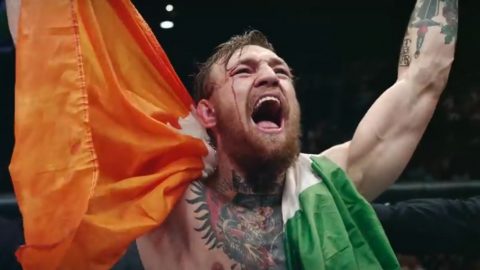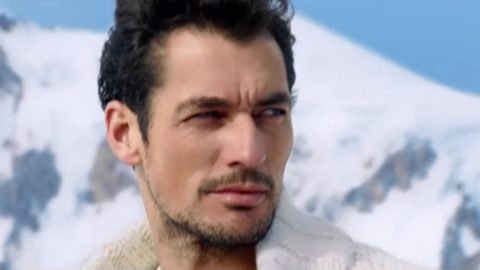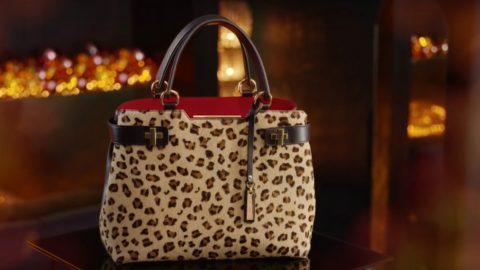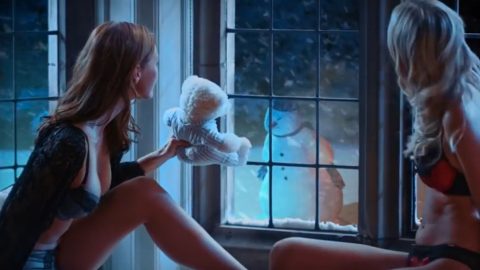Few records are as immediately evocative of time and place as Bobby Hebb’s Sunny. Hearing it we are immediately transported back to an August Bank Holiday scout camp, a transistor radio tuned to Radio London and a secret No 6 smoked behind the latrines!
Deceptively dreamy like only a song which goes through four almost invisible key changes in two and a half minutes can be, Hebb’s object lesson in optimism was actually born out of tragedy. He wrote it to commemorate the death of his brother who was killed in a knife fight in Nashville the day after President Kennedy was assassinated in Dallas in November 1963.
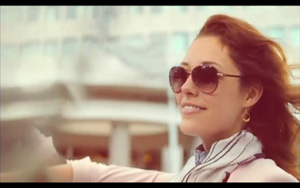
McDonald's Frappes
Not only did it earn Hebb a support slot on what was to prove the Beatles final tour of America but it also went on to be covered by just about everybody from Duke Ellington and Ella Fitzgerald to Dusty Springfield, The Four Tops and The Four Seasons. Even cheesy disco queens Boney M had a stab at it in 1976! So you won’t be surprised to learn that US collection society BMI rated Sunny as the 25th highest earning title of the 20th Century.
Although he probably never had to work again, Hebb soldiered on, writing, recording and performing until 2008 before lung cancer took him two years later. Needless to say he never had another hit. But few serial chartmakers can boast of one as ethereal as Sunny, and we should thank McDonald’s for reviving it as part of its Frappes Convertible campaign.
Stevie Wonder was another world class artist who consigned a version of Sunny to vinyl - and RC readers can hardly have missed his classic For Once In My Life which has featured in a cgi-heavy Sky Sports spot starring not one but six separate David Beckhams. There’s not much we can tell you about Wonder that you probably don’t already know. But we can take this opportunity to introduce you to Jean DuShon, the girl who sang the very original version of the song which went on to become a world beater.
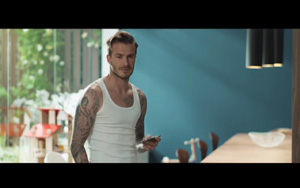
Sky Sports
You know the rest, of course. Wonder hears the song, jazzes it up a bit like only Stevie can and in 1968 takes it into the top three on both sides of the Atlantic. And DuShon? Embittered she may have been that her version of THAT song didn’t even appear on any of her three Chess albums - but she certainly didn’t give up. After stints on the chittlin’ circuit alongside Lloyd Price and Fats Domino, DuShon finally found herself on Broadway as star of award-winning 1970s musicals like Bubbling Brown Sugar (with Cab Calloway) , Blues In The Night and Little Dreamer – A Night In The Life of Bessie Smith, a role which she inherited from the legendary Odetta.
Casting around for a good link we wonder what Steve Miller might feel was the most important night in his life. It could have been during his primary schooldays in the late 1940s when he took lessons from virtuoso guitarist Les Paul, who, with his wife singer Mary Ford, was a regular visitor to the Millers’ Milwaukee home. Or it might be when he got to jam with Muddy Waters in Chicago as a student trying to live his dream as a bluesman.
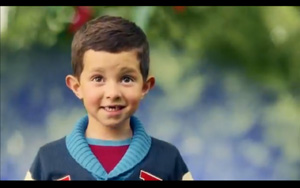
Littlewoods Lady Bird
The Steve Miller Band subsequently released six partly inspirational and partly patchy stoner rock albums on Capitol – all of which garnered rave reviews, bubbled around at the bottom of the charts and sustained their leader’s cult status – before finally hitting gold with The Joker in 1973. A change of label to Mercury then led to a successful string of characteristically dreamy soft rock singles like Fly Like An Eagle and Take The Money And Run culminating in Abracadabra, the 1982 Number Two which provides the soundtrack to a current Littlewoods kids clothing ad starring former Popstar Myleene Klass.
Interestingly this is not the first time Steve Miller has been linked with a British TV commercial. In 1990 Levi’s licensed The Joker for one of its iconic 501 jeans ads and the song went straight to Number One as a result! Wouldn’t it be quite magical if Abracadabra did the same?
